
6 minute read
Alex Reilly
Designing an Intuitive Brace
Global Context - Scientific and Technical innovation
Goal - To design an intuitive brace that will assist in the movement of someone who has a lower body that is weaker than most people to assist in the rehabilitation of patients that underwent long term treatment and improve the quality of life of people with a naturally weak lower body.
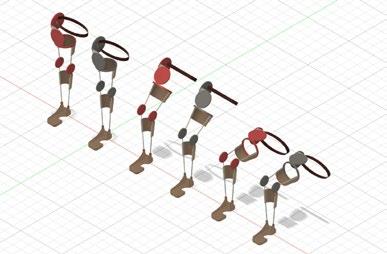
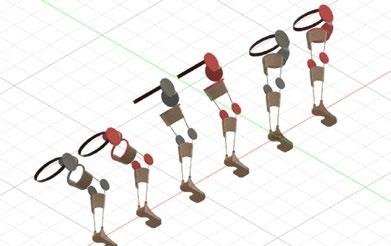
Process
The same design is repeated 6 times, with 3 different poses, showing how it would bend in the knee, and the red parts are simply the joints that are highlighted. The angles that the product is angled at is as follows: top-front-right, top-front-left, bottom-back-left, bottomback-right, and right.
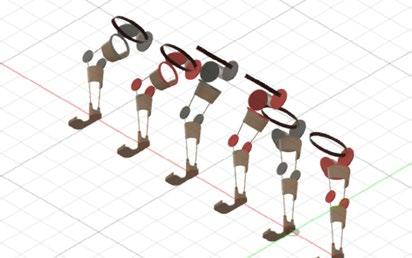
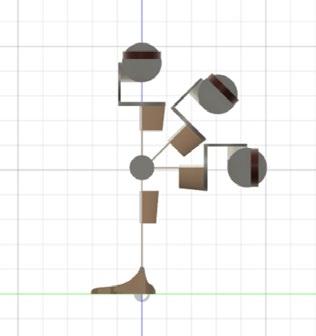
Process
The following are concept sketches that best portray how the straps are implemented and are the most aesthetically pleasing anything that is marked with “wrong measurements” have wrong measurements. I drew on my leg to assist in my visualization, and so I documented some of the measurements, and selected the most aesthetically pleasing ones here.(Disclaimer: I did not use permanent markers, and they are very washable and generally safe for the skin. This being said, I still do not recommend doing this yourself, as washing it off can and will prove to be difficult).

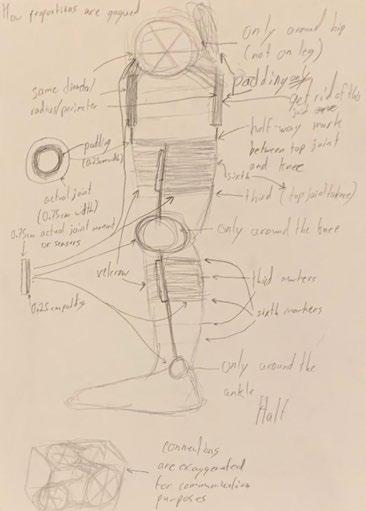
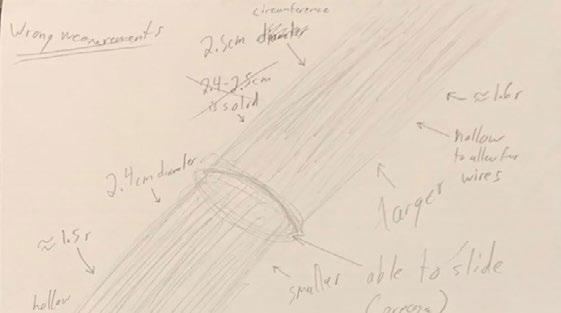
My Product
My product is the design for the intuitive brace. The brace will be intuitive when mechanical aspects are brought into account, when this happens, then the joints are reflective in the motions that they will do. In respect to the three upper joints, the top joint is responsible for raising the leg vertically, the joint below that is responsible for lateral leg movement (its positioning makes it limited, as only limited lateral leg movement would be necessary for people who are recovering or have weak legs). The joint directly below that is responsible for rotating the knee/foot. This is also there for balancing purposes. The joint located at the knee is to assist in extensions/contractions at the knee. The joint at the ankle is there for minute adjustments at the foot, and is also there primarily for balancing purposes. This brace primarily assists the user by giving them an additional place to move their weight (the belt and straps on the thigh/lower leg keep the brace on and the poles/base are there to help redirect the user’s weight. All of these are adjustable, as to create products that would fit their users better. The only parts that will have to be custom made is the foot/ ankle and the triple-joint). The straps on the back of the lower leg and thigh also would be laced with pressure sensors, which would then be calibrated with the user’s movements. This would result in the brace knowing how the person moves, and the brace would move appropriately to assist in the movements. To address the powering system, I would reply with the creation of the lithium battery. Lithium batteries are found in both phones and electric cars, and evidentially has the ability to store and release sizable amounts of power. This battery would be charged in a port while it’s user is not putting it in use.
Timeline
November
Research and Initial thoughts (initial) December
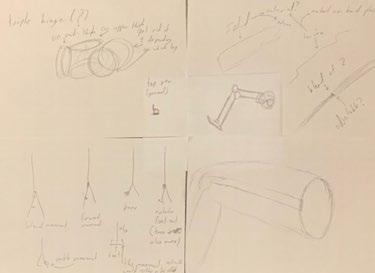
Research and Initial thoughts extended (Material and primitive concept) January Rough sketches and concept drawings (concept)

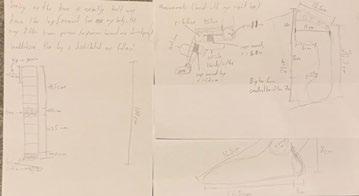
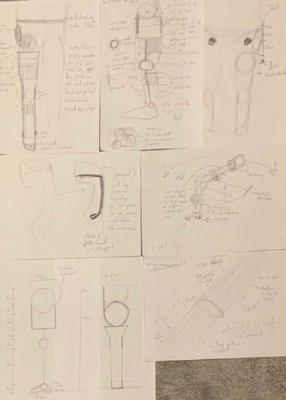
February Details of drawings were refined (Leg) (Early) March Digital version, which also brought about the shown workings (Maths workings)

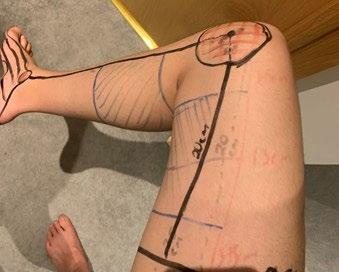

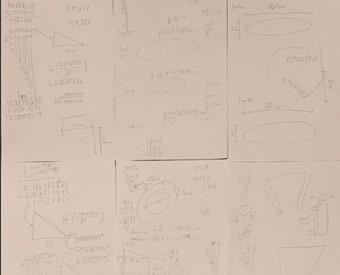
Questions/Reflection
What is the most important thing you learned from doing this project? The most important thing I have learned from doing this project in terms of life skills is how to become motivated. I stayed motivated by setting deadlines that I had told someone. In terms of trivia/facts, I believe that the most important concept that I have utilized is trigonometry, as I would not have been able to complete the digital projection without my trigonometry knowledge. In regards to a new fact, the most important thing that I have learned is that polypropene is the plastic that orthopaedics use and the padding that is commonly used is called a rayon fleece. In terms of observations that I have found interesting, I believe that the human body proportions are quite interesting, and seeing as my hip was exactly 1m above the ground, I was able to make assumptions of the human body quite easily. Of course, the alleged facts are not likely true, as it is under the assumption that my body is of an “average” person’s proportions, which is highly improbable. What about this product are you most proud of and why? If I were to choose one aspect of my project that I am proud of I would say that I am most proud of the 3d design. I am most proud of that because I initially thought that I would have to constantly ask someone who was already familiar with the program, but when I actually made the 3d projection, I was able to make what I wanted to quite simply and did not need any help. Despite how complex and organic my subject may appear, the human body is quite geometrical, allowing for the program to be used primitively and still create the intended product. What made you decide to choose this as your project?/ What was your inspiration? I decided to do this project for various reasons. My initially inspiration was from the Marvel Superhero Iron Man. I have always admired the suit, and have always wanted to attempt to recreate it. This was obviously not possible, as it would require an immense amount of energy and lots of air circulation, which would consequently result in an extremely difficult design challenge, as the shape of a person’s body would have to be taken into account. Additionally, I have a family member who has a leg brace, and whenever it was exposed, it would draw my attention, and I would think about how it could be implemented elsewhere and/or how it could be improved. This allowed for lots of prior thought of the product, and efficient periods of progression. How did you overcome any challenges that you experienced? The primary challenge that I had to overcome was a lack of motivation, as I was not able to see people as frequently as I was used to and I was getting more work from school (I have found that online school has more work than regular school). But I overcame that by simply sitting down, start working, and getting into a productive flow. This flow enabled me to progress immensely in a short period of time. Additionally, frequent meetings with my supervisor and deadlines immensely encouraged me to further progress with my work.










